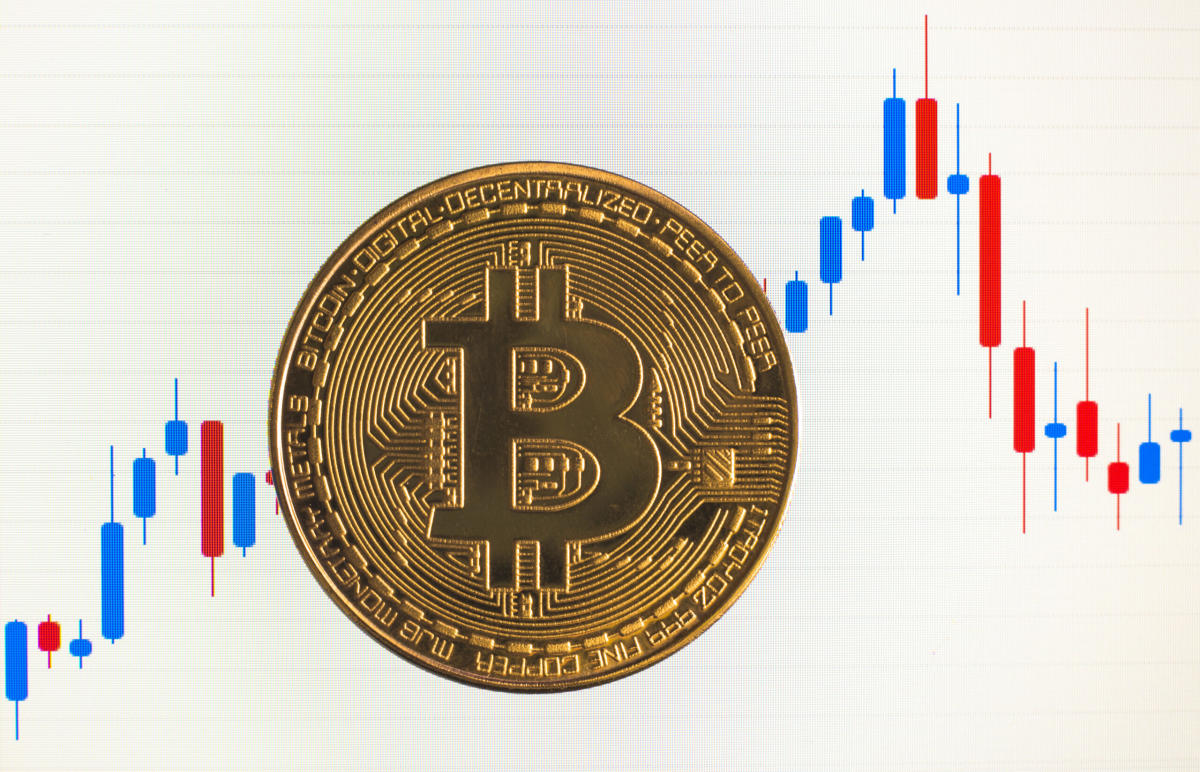Cryptoactive activities not linked to regulation | Foodman CPAs and Advisors

The US Department of the Treasury, through its Financial Stability Oversight Council, issued a press release presenting its report on Digital Assets Financial Stability Risk and Regulation on 10/3/22 highlighting how crypto-asset activities could pose a risk to the stability of the US financial system if their “interconnections with the traditional financial system or their overall scope should grow without following or being coupled with appropriate regulation, including enforcement of the existing regulatory structure”. The press release includes a fact sheet that highlights how consumers and investors are confused by misrepresentations by crypto asset firms regarding:
- whether a given crypto asset product is regulated to the same extent as other financial products
- impression that a crypto-asset is protected by government safety nets when it is not
According to the report, these false and misleading statements, directly or by implication, are violations of the law.
Going forward, the message from the US government is clear. There will be regulation of crypto-active activities and regulations relating to crypto-active interconnections with the traditional banking systems (banks, credit unions, trust companies) as well as third-party service providers, insurance companies, funds, commodity pools, advisors, the securities market and the commodity market.
Who is the Supervisory Board for Financial Stability?
The council is composed of ten voting members who lead the US Treasury, the Federal Reserve Board, the OCC, the Consumer Financial Protection Bureau, the SEC, the FDIC, the Commodity Futures Trading Commission, the Federal Housing Finance Agency, the National Credit Union Administration and one independent member with insurance expertise.
Cryptoactive activities pose financial stability risks because they:
- lack basic risk controls to protect against risk or to ensure leverage is not excessive
- appear to be driven primarily by speculation rather than based on current fundamental economic use cases, and prices have repeatedly recorded significant and wide declines
- have significant connections with crypto-asset entities that have risky business profiles and non-transparent capital and liquidity positions
- have operational risks that may arise from the concentration of key services or from vulnerabilities related to distributed ledger technology
The report identifies three gaps in the regulation of crypto-asset activities in the United States
- Spot markets for cryptoassets that are not securities are subject to limited direct federal regulation. As a result, these markets may not have robust rules and regulations designed to ensure orderly and transparent trading, prevent conflicts of interest and market manipulation, and protect investors and the economy more generally.
- Companies with crypto assets do not have a consistent or comprehensive regulatory framework and may participate in regulatory arbitrage. Some crypto-asset businesses may have affiliates or subsidiaries that operate under different regulatory frameworks, and no single regulator can have visibility into the risks across the entire business.
- Crypto asset trading platforms have proposed offering retail clients direct access to markets by vertically integrating the services provided by intermediaries such as broker-dealers or futures commission traders. Financial stability and investor protection implications may arise from retail investors’ exposure to certain practices commonly proposed by vertically integrated trading platforms, such as automated liquidation
The council’s recommendations to address regulatory gaps are:
- Passage of legislation providing regulatory authority for federal financial regulators over the spot market for non-securities cryptoassets
- Address regulatory arbitrage including coordination, legislation regarding risks posed by stablecoins, legislation relating to regulators’ powers to inspect and otherwise monitor the activities of all affiliates and subsidiaries of crypto-asset entities, and appropriate service provider regulation
- Study of Potential Vertical Integration of Crypto Asset Firms
Remove
There will be continued enforcement on behalf of financial regulators of existing crypto asset rules and regulations, market participant registration requirements, banking laws, anti-fraud laws, securities laws, commodities and derivatives laws, anti-money laundering laws, sanctions and consumer protection laws and investor protection; as well as coordination with law enforcement.
All financial entities participating in the cryptoasset ecosystem should evaluate their interactions with cryptoassets that may generate risks and threaten the financial stability of the United States
Who is your business management expert?
























